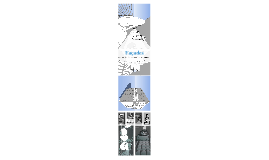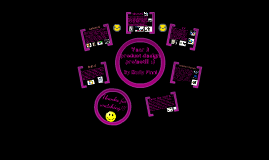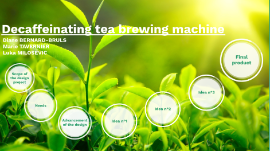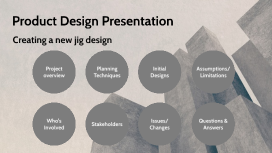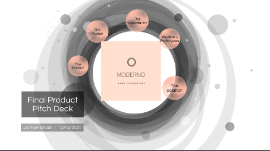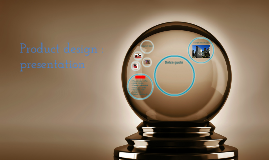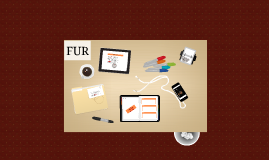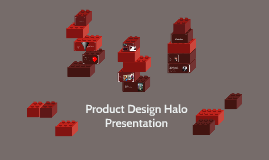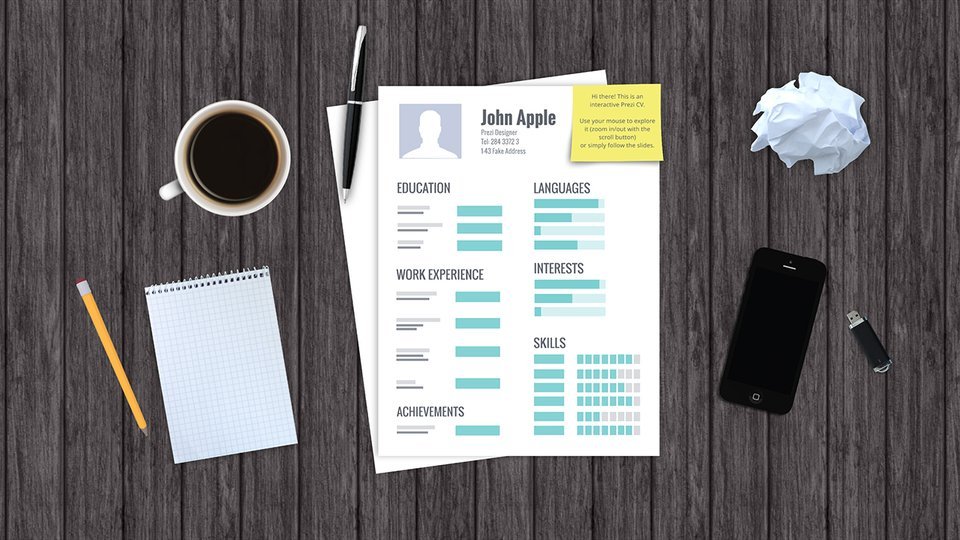FUR - Product Design Presentation
Transcript: Since earliest times people have worn fur garments for their warmth, durability or glamour. In fact, the wearing of animal pelts can be traced back to man’s very beginnings, as referenced in the Book of Genesis. In America, the fur trade has played a vital role in the shaping of our history as many of our leading explorers, such as Lewis & Clark, were actually fur traders who forged westward in search of pelts, establishing important settlements along the way. Today the fur trade ranks as one of America’s oldest, continuously operating industries with over 350 years of history. Long gray/black guard hair with silvery tips over a woolly, dense undertur makes it a very durable fur. Finn raccoon or Asiatic raccoon has long, thick tan guard hair with black tips and dense underfur. Animals on fur farms are killed by electrocution (through the use of electrodes in the mouth and anus), gassing, lethal injection or neck breaking. These crude methods are employed to ensure that the pelts (the animals’ skins and fur) are not damaged. Chinchilla Fox Lamb is the chameleon of fur with a host of personalities. The queen of lamb is broadtail: of Russian origin, it is sleek, lightweight, shiny and flat, with a slight wave, like fine moiré fabric. Mongolian is an extroverted fur that is both longhaired and curly. Often white, its silky hair is frequently dyed in a kaleidoscope of hues. Mouton pelts are sheared closely for a soft, thick flat fur. How would you feel if your skin was valued so highly that everyone was trying to kill you for it? Ermine Notes Sable Tanuki Ideas and is available in the widest range of natural colors of any fur, apart from mink, including silver, crystal blue, red, grey and white. Running neck and neck with mink in the popularity race, this luxurious fur makes an ideal trim for collars, cuffs, wraps and stoles. Lamb Woolly and coarse, opossum is often used for liners and men’s coats. The very different American variety has long silvery black-tipped guard hair with thick underfur while the New-Zealand variety has a short, dense plush-like fur in colors ranging from yellow-grey to natural brown. Argument For Using Fur Why is wearing fur made out to be bad ? It's painless it looks good and the animals aren't sentient so why shouldn't it be allowed to wear fur? And i don't agree with killing animals for fashion its is a animalistic. However animals do die, so what is wrong with using their fur after death? This wily North American critter has a hardy kind of fur. Dense and durable, it’s creamy, tan or grey and often used for men’s jackets. Raccoon 40 million animals are killed for their fur world wide. 85% are bred and killed on fur farms and the rest are trapped in the wild. Most commonly bred animals on fur farms are mink and fox, but the industry also breeds and kills polecats, raccoons and chinchillas. 6,500 fur farms in the EU. Europe is responsible for 70% of global mink fur production, and 63% of fox fur production. The countries that farm the most animals for their fur are Denmark, China and Finland. Ideas Opossum Lynx Mink An unusual wild North American fur, fisher is longhaired, dark and silvery. Also called Japanese raccoon, has very long guard hair and a full texture. Color is light amber brown with dark, distinctive markings. Russian sable is still the most prized fur in the world, renowned for its legendary silky quality, rarity and light weight. Brown with a silver cast, it is the most expensive fur, especially when there is an abundance of silver hair. Canadian sable (brown or golden) is somewhat less expensive. Wildly furry, lynx has an exaggerated edge to it and is indigenous to both North America and Russia. The whiter the fur, the higher its value. Ideas 50 million animals are violently killed for use of fashion every year. Sales are at an all time high. In 2010, sales were over $14 billion worldwide, up 70% from 2000. FUR From the pre-historic cave dwellers wrapped in hides to the rugged trappers in their coonskin caps, from the glamorous movie stars of the thirties and forties in their sumptuous stoles and sable coats to today’s fashionistas in their sexy, sophisticated fur jackets, ponchos and scarves, fur has been the fabric of choice. Beaver has very long, lustrous hair, but sheared beaver is also a favorite with designers who create elaborate, surface effects of varying color and pattern. Rabbit The real price of fur must be measured in deaths--not dollars. To make 1 fur coat you must kill at least: 55 wild mink 35ranched mink 40 sables 11 lynx 18 red foxes 11 silver foxes 100 chinchillas 30 rex rabbits 9 beavers 30 muskrats 15 bobcats 25skunks 14 otters 125 ermines 30 possums 100 squirrels or 27 raccoons About Fur Done by: Aysha Albunnia & Rund Al Dwaik chinchilla has always had snob appeal, though it is also quite fragile. It’s very silky (in fact no fur is softer) and is mainly grey to slate blue. Mink has never been knocked off its pedestal as the all-time diva of furs.






